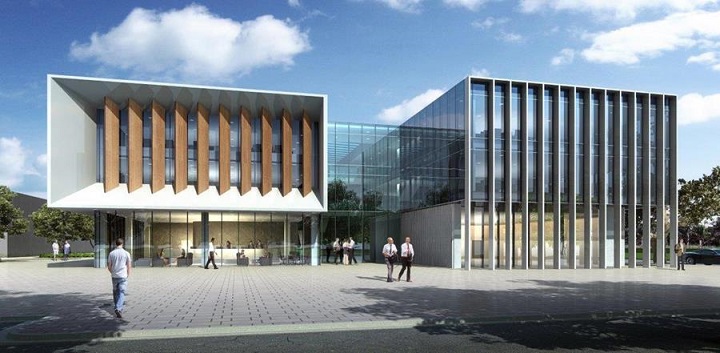
Did you know that there are 128 councils in NSW with a total of 1,293 councillors?
Neither did we until we looked it up in a new website that tells you stuff about councils you wanted to know – and even some you probably didn’t.
Set up by the state government, the new online tool for ratepayers, www.yourcouncil.nsw.gov.au is where you can also learn that councils in NSW employed 44,936 staff in 2018 and spent more than $11 billion providing infrastructure, facilities and services for local communities.
Also in 2018, the NSW councils maintained 165,213km of roads and controlled assets worth more than $150 billion.
In 2018 there were 460 public pools and 1,835 community
halls in NSW.
But the website offers much more than a search engine for fun facts on NSW
councils.
It also enables ratepayers to
access comprehensive statistics on the operations of their local council and
the profile of their local community including:
council expenditure in a range of areas including roads, bridges, footpaths,
libraries, recreation and culture, community services, and the environment;
Community facilities including the number of swimming pools,
public halls, and libraries as well as the length of roads and amount of open space;
Key operational information including council staffing levels and average rates
and charges;
Demographic information about the local population and councillors as well as
economic statistics including the unemployment rate, average income, and number
of businesses.
The data for each council is also benchmarked against the average for like councils
so ratepayers can compare how their council is travelling.
The new website also celebrates the sheer size and scale of our councils as
a whole with a State wide snapshot of the NSW local government sector.
The one-stop-shop for local government is a valuable resource for residents,
ratepayers and the general community, as well as councillors,
council staff, local government peak bodies, researchers, academics and state
government agencies.
The website draws on data already collected by the Office of Local
Government (OLG) from NSW councils and other agencies and presents it in an easy
to understand and user friendly way.
It will be updated annually as new data becomes
available.
